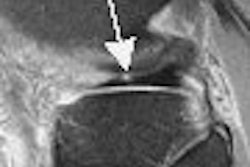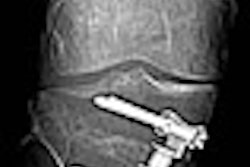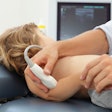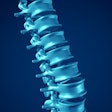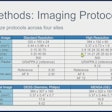Competitive swimmers are known for their long, lean builds, but can they maintain that enviable body type as they grow older? Yes, to some degree, but even recreational master swimmers can't halt the aging process, according to a new study. To evaluate the association between age-related changes and weekly workouts in swimmers, Louisiana researchers measured -- what else? -- body water content.
"Changes in total body water (TBW) and the intra- and extracellular components as a result of aging have been examined with sometimes conflicted findings," wrote Georgianna Tuuri, Ph.D., and colleagues. "Total body water was reported to remain relatively constant through early adulthood and then to gradually decline ... until reaching a plateau in 80- to 90-year-old subjects" (Journal of Sports Science and Medicine, December 2005, Vol. 4:4, pp. 406-414).
But little is known about body water volumes, lean and fat masses, and regional adiposity of male swimmers, said Tuuri, who is from Louisiana State University in Baton Rogue. Her colleagues are from the Pennington Biomedical Research Center in Baton Rouge and the University of New Orleans.
For this study, 27 male master swimmers were recruited. They ranged in age from 25.3 years to 73.1 years. The average swim training volume was 10,016 meters per week. Body fat mass, lean soft tissue, and bone mineral content were estimated from total body DEXA scans (QDR 4500, Hologic, Bedford, MA).
Because this version of the scanner has been reported to overestimate fat-free tissue and underestimate bone mineral and fat masses, a special conversion algorithm was used to convert the results to measurements taken on the older QDR 2000, the authors explained.
TBW and extracelluar water content (ECW) were predicted with multifrequency bioelectrical impedance analysis, with the intraceullar water content (ICW) calculated as the difference.
According to the results, the level of estimated ICW was positively correlated with lean tissue and bone mineral content, but not with fat mass. The amount of lean tissue estimated from the DEXA scan was a strong predictor of TBW and ECW. Lean tissue mass appeared to be moderately correlated with bone mineral content and fat mass.
The mean value for TBW was 47.4 liters. The mean value of ECW was 19.6 liters, and the mean value for ICW was 27.8 liters. The mean percent body fat level was 21.9%.
"The results of this investigation suggest that in adult male competitive swimmers change in body water fractions are the most obvious marker of growing older," the authors stated. Not surprisingly, "regional adiposity measurements also suggested that these swimmers were leaner than the average American male."
By Shalmali Pal
AuntMinnie.com staff writer
December 28, 2005
Related Reading
Study reconfirms that MDCT can replace c-spine x-rays, February 25, 2005
Surf's up, but it can be a back breaker, November 30, 2004
Copyright © 2005 AuntMinnie.com






